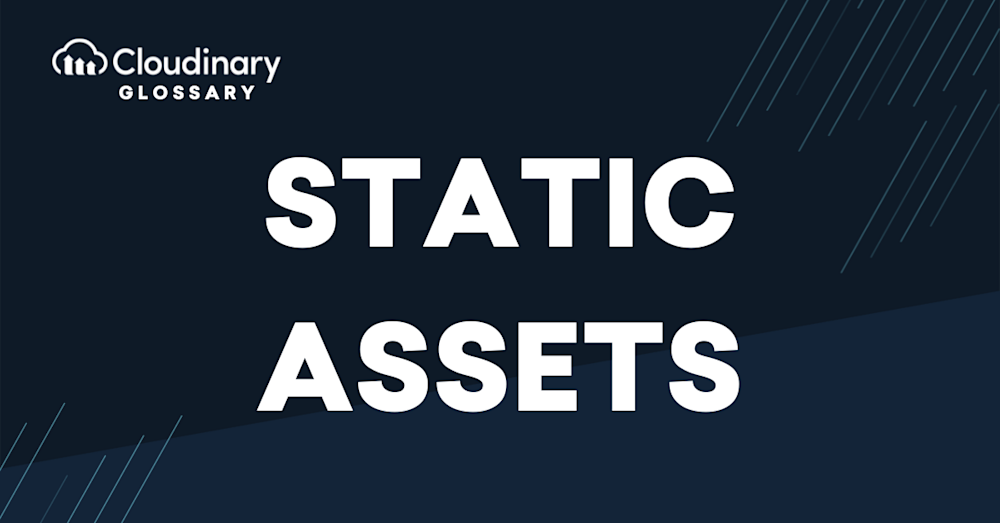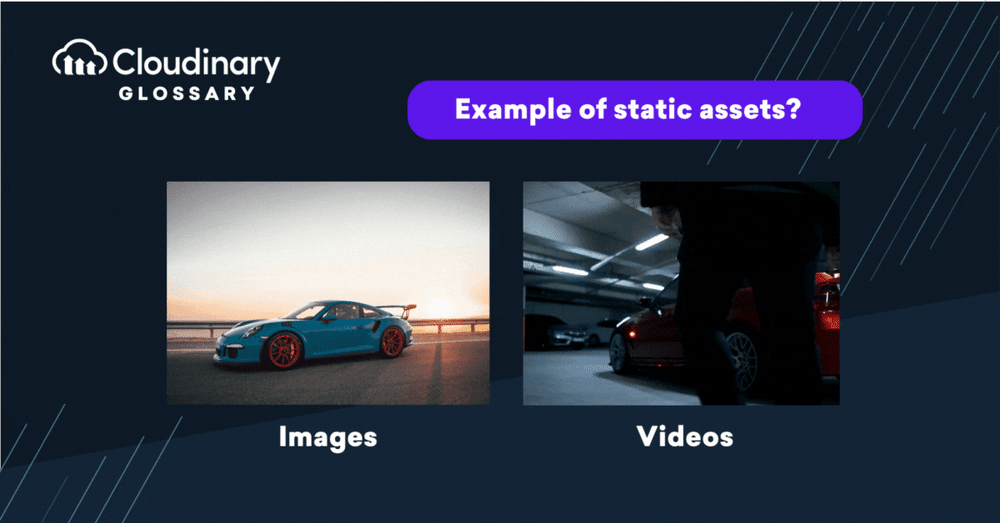What Are Static Assets?
In web development, static assets are unchanging files delivered to the user’s web browser exactly as they are stored on a server. These include HTML, CSS, JavaScript files, images, videos, fonts, and documents. They’re called ‘static’ because they do not require any server-side processing or dynamic content generation. Once created, they remain constant until manually altered by a developer.
The beauty of static assets lies in their simplicity and reliability. Unlike dynamic resources, which require processing and can lead to unexpected outcomes due to variations in user input or runtime conditions, static assets ensure a consistent user experience across visits. From a speed perspective, static files can be cached by the browser or CDN (Content Delivery Network), reducing load times during subsequent visits.
When Are Static Assets Used?
Using static assets is an integral part of any web project—big or small. Their use cases are as diverse as your project needs them to be. Here’s a short list of the most common uses:
- Styling and Theming: CSS files are static assets that enable you to dictate the look and feel of your website.
- Interactivity: JavaScript files, another type of static asset, add client-side functionality and interactivity to your web pages.
- Content representation: Images, videos, and documents, which are also static assets, represent the core content of your website.
- Web Page Structure: Finally, HTML files, which form the basic structure of your web pages, are quintessential static assets.
It’s important to note that the usage of static assets is not just limited to these mentioned scenarios but spans far and wide in web development.
Closing Thoughts
Static assets play a pivotal role in shaping the user experience of your web applications. Not only do they determine the structure, styling, and interactivity of your web pages, but they also contribute to their overall performance and maintainability. Ensuring you have an optimal strategy for managing and serving static assets is essential for building a more performant and effortless browsing experience for your users.
If you’re looking for a solution to help manage and serve your static assets more efficiently, check out Cloudinary. We offer extensive features for advanced image and video management, including transformations, optimization, and delivery, making it ideal for developers and technical professionals.
By leveraging the power of Cloudinary, you can reduce the complexity of handling static assets and focus on what matters—building outstanding web experiences for your users. Sign up for a free account and experience the difference today!



